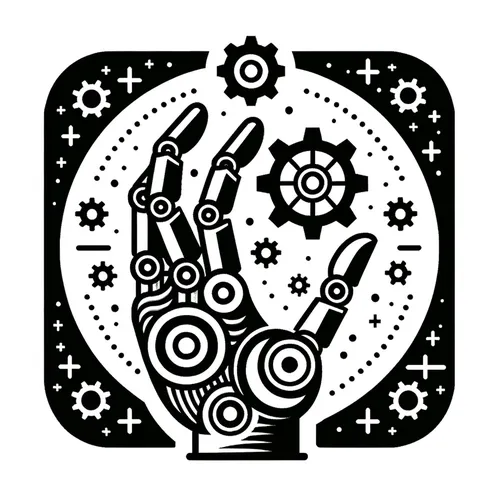Robots Rising: ABB's Autonomous Versatility, Hexagon's Humanoid Hype, and the AI Automation Revolution
- Author
- Quiet. Please
- Published
- Mon 07 Jul 2025
- Episode Link
- https://www.spreaker.com/episode/robots-rising-abb-s-autonomous-versatility-hexagon-s-humanoid-hype-and-the-ai-automation-revolution--66881290
This is you Robotics Industry Insider: AI & Automation News podcast.
Industrial robotics and automation are entering July 2025 with record-breaking innovation, investment, and deployment worldwide. At Automatica 2025 in Munich, ABB Robotics unveiled its latest suite of heavy-duty robotic arms and autonomous mobile robots, signaling a new era of “autonomous versatile robotics.” These robots, capable of handling sophisticated tasks like spot welding and die casting with payloads up to 350 kilograms, further push the frontier of intelligent automation on factory floors. ABB’s Flexley Mover autonomous mobile robot now leverages visual simultaneous localization and mapping navigation, moving up to 1,500 kilograms with remarkable spatial precision, underlining the sector’s focus on flexibility, mobility, and advanced AI-powered navigation.
Meanwhile, Hexagon AB has launched its AEON humanoid robot, specifically targeting industrial roles in sectors facing labor shortages, such as aerospace, automotive, and logistics. AEON stands out with its integration of Hexagon’s expertise in precision measurement, AI, and sensor technology, offering battery-swapping capabilities for continuous operation. Early pilots with Schaeffler and Pilatus demonstrate how humanoids are expanding practical case studies, from manipulation to inspection, and positioning themselves as key collaborators alongside traditional industrial robots.
Market data reflects the sector’s momentum: the global industrial automation market is projected to reach nearly 443 billion US dollars by 2035, growing at over 9 percent annually. By mid-2025, the worldwide operational stock of industrial robots had surpassed 4.28 million units, with Asia, particularly China, leading new installations. This is driven by mounting demand for efficiency, persistent labor shortages, and technological leaps in artificial intelligence integration. AI advances, especially the adoption of large language models and vision transformers, are enabling robots to optimize their own workflows, predict machine failures, and rapidly learn new tasks in simulated environments—a “ChatGPT moment” for physical robotics that promises to slash programming time and boost adaptability.
Sustainability is also advancing as a business case, with AI-powered delivery robot companies like Coco Robotics raising major funding rounds to expand zero-emission fleets in urban centers, further blurring the lines between logistics automation and smart city applications.
For industry professionals, the imperative is to stay abreast of developments in AI-integrated robotics, re-evaluate automation investments with an eye on flexible, self-optimizing systems, and pilot collaborative or humanoid robots where possible to address labor constraints and enhance productivity. The coming months will likely see deeper convergence of AI, robotics, and logistics, more acquisitions as players seek technical scale, and early deployments of “physical AI” systems that may redefine the limits of machine autonomy and industrial productivity.
For more http://www.quietplease.ai
Get the best deals https://amzn.to/3ODvOta
